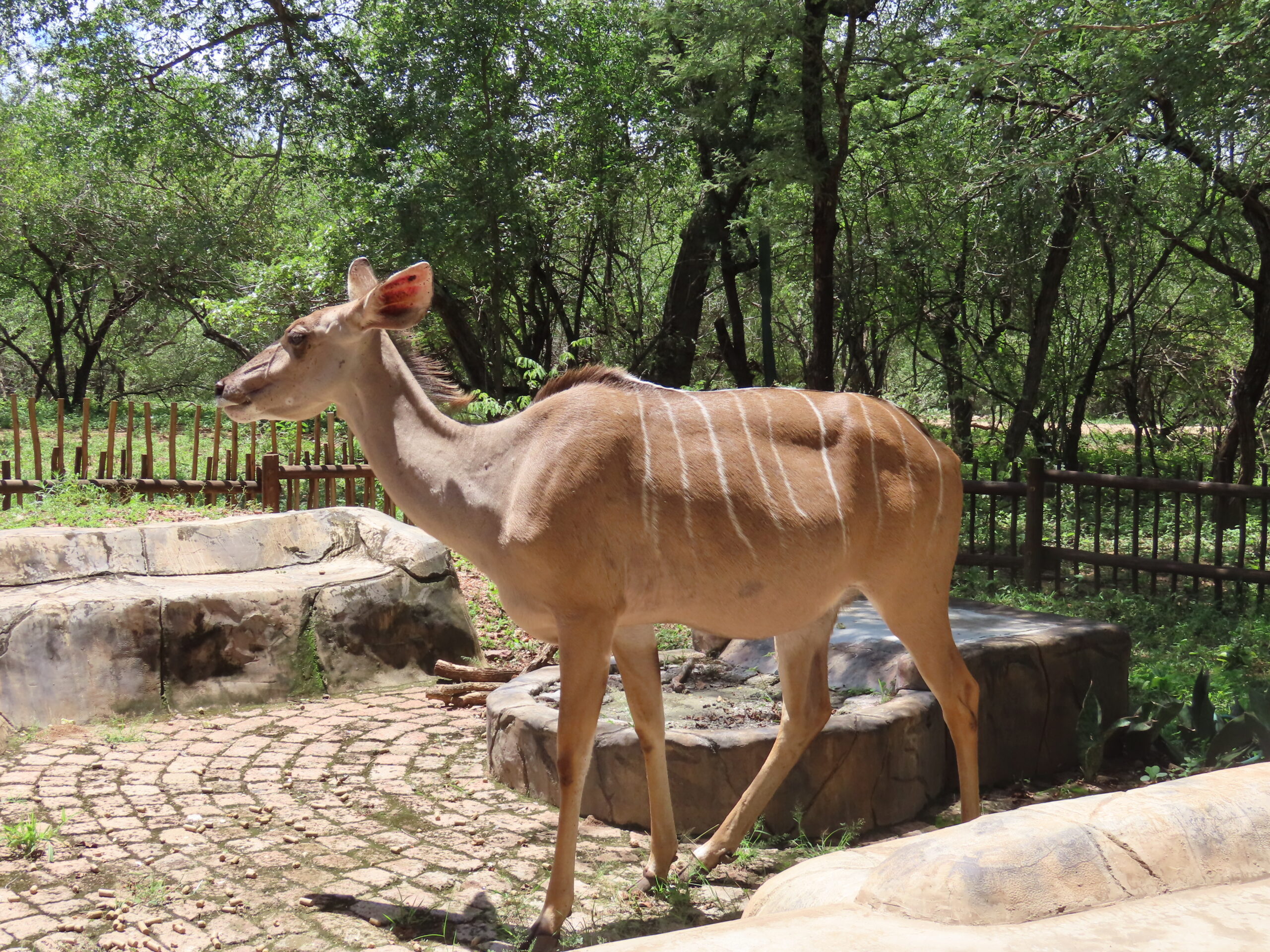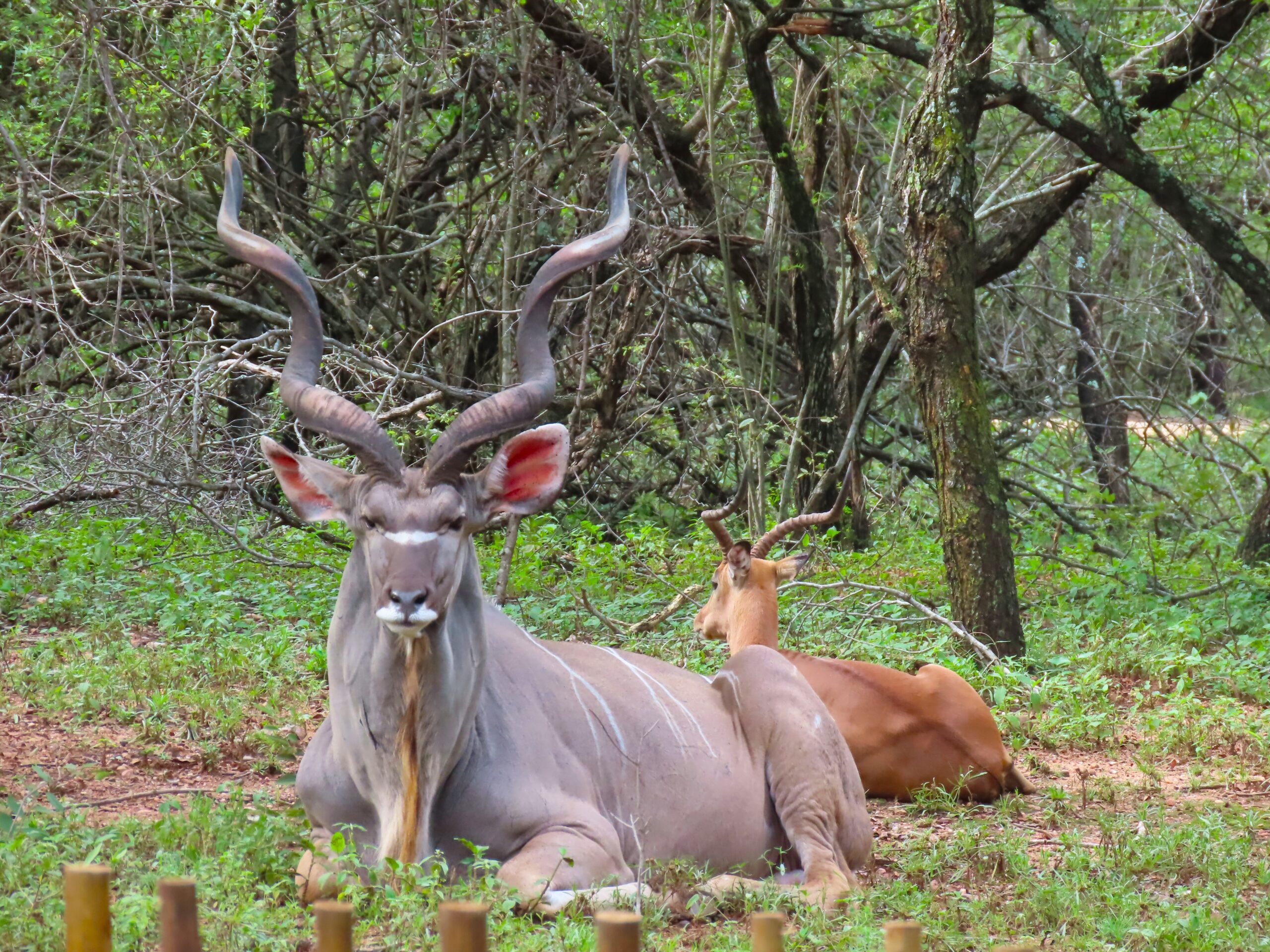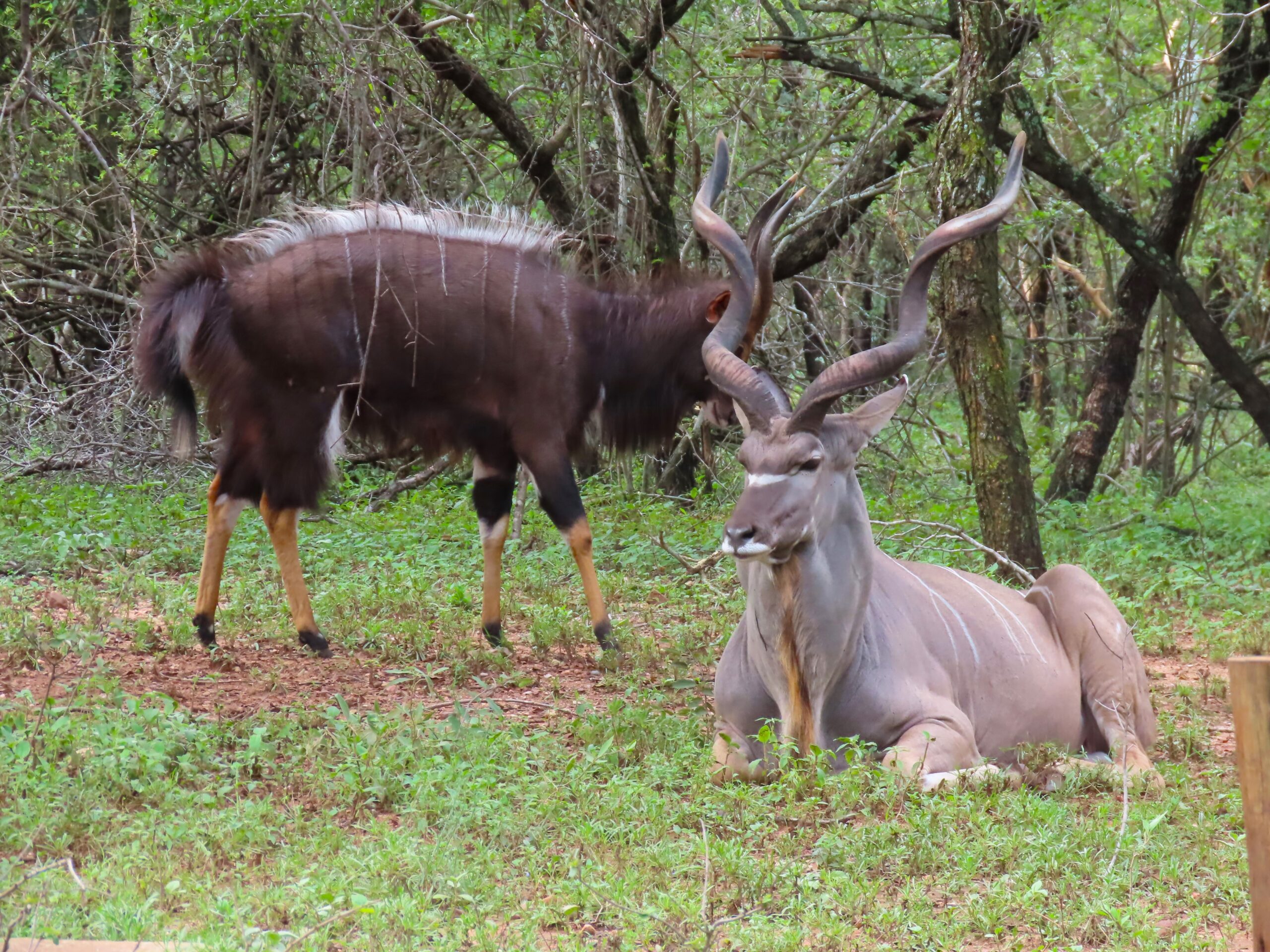
The weather today is a little more comfortable. The humidity is at 90%, the dew point is at 77, and the temperature is 80F, 27C. It was not a lot lower than this time yesterday. It’s a busy morning around here. I folded all the laundry on the rack that took over 24 hours to dry, but most of the little rugs I washed and hung in the outdoor laundry room were still wet.
With the new inverter system keeping us from experiencing load shedding, we aren’t using the clothes dryer since it uses too much electricity, which we’d instead save for more critical power needs. Everything is working well, and we couldn’t be more thrilled with the new system.

We can tell by a familiar blink when load shedding starts and ends; sometimes, the WiFi goes out for five or ten minutes. Other than that, we can’t tell that it’s load shedding. We love not worrying about our food spoiling and being able to buy enough meat to last for a few weeks.
Tom hand-grated the massive block of mozzarella cheese we purchased at the local Wild Butchery a few days ago, and tomorrow, once again, we’re making keto pizza, enough to last for several nights. My party isn’t until next Saturday, the 25th. We’ll share details about the party in the next several days, held at the Khaya Umdani house, a much larger house than our holiday rental. Need I say, we both are excited about this special celebration.

Monday, the actual day of my birthday, we’d planned to go to Kruger, but we’re waiting to see if the park will be opened by then with the Crocodile Bridge flooded over, off and on, over the past few weeks. If it is open, we’ll head out Monday morning, have breakfast at the Mugg & Bean and see what wildlife we can find. We’ll have leftover pizza when we return in time for sundowners on the veranda and quiet dinner together.

If the Crocodile Bridge is still closed, we’ll stay home, which I don’t mind not making a big fuss about my actual birthday, with the party coming up several days later. We’ll celebrate then.
Last night, we headed to Jabula for another fun Friday night, hanging out with locals and dining on consistently excellent food. We never fail to have a good time. Dawn and Leon had been away for a few days, and it was great to see them again. Leon still seems to be feeling well after the fourth month of his terminal cancer diagnosis, for which he was only expected to live for three to four months. He looks and feels good, so we hope a true miracle has occurred. We can’t imagine living in the bush without him here.
Since it’s the weekend again, the animal visits are few, and we’ve been scrambling to find enough photo ops to post here. We’re doing our best to develop interesting photos, but it’s tricky right now. The roads are still too muddy to venture out for photo ops in the little rental car. It’s the nature of the beast (no pun intended).

Tonight at 5:00 pm, 1700 hrs., we’ll head back to Jabula for Saturday night’s entertainment. Amazingly, we are always assured of a great time heading there every Friday and Saturday evening. We never tire of visiting the establishment and always look forward to seeing people we know and meeting new people.
Not much is required of either of us for the remainder of the day. We’re waiting to hear about our visa extensions to begin booking holiday homes in Scotland before the upcoming two cruises. We have about six weeks to book after we leave South Africa on June 8 and until the first cruise begins on August 1, 2023. We should have an answer in the next few weeks.
That’s it for today, folks. We hope you have an enjoyable weekend!
Be well.
Photo from one year ago today, February 18, 2022:






















































